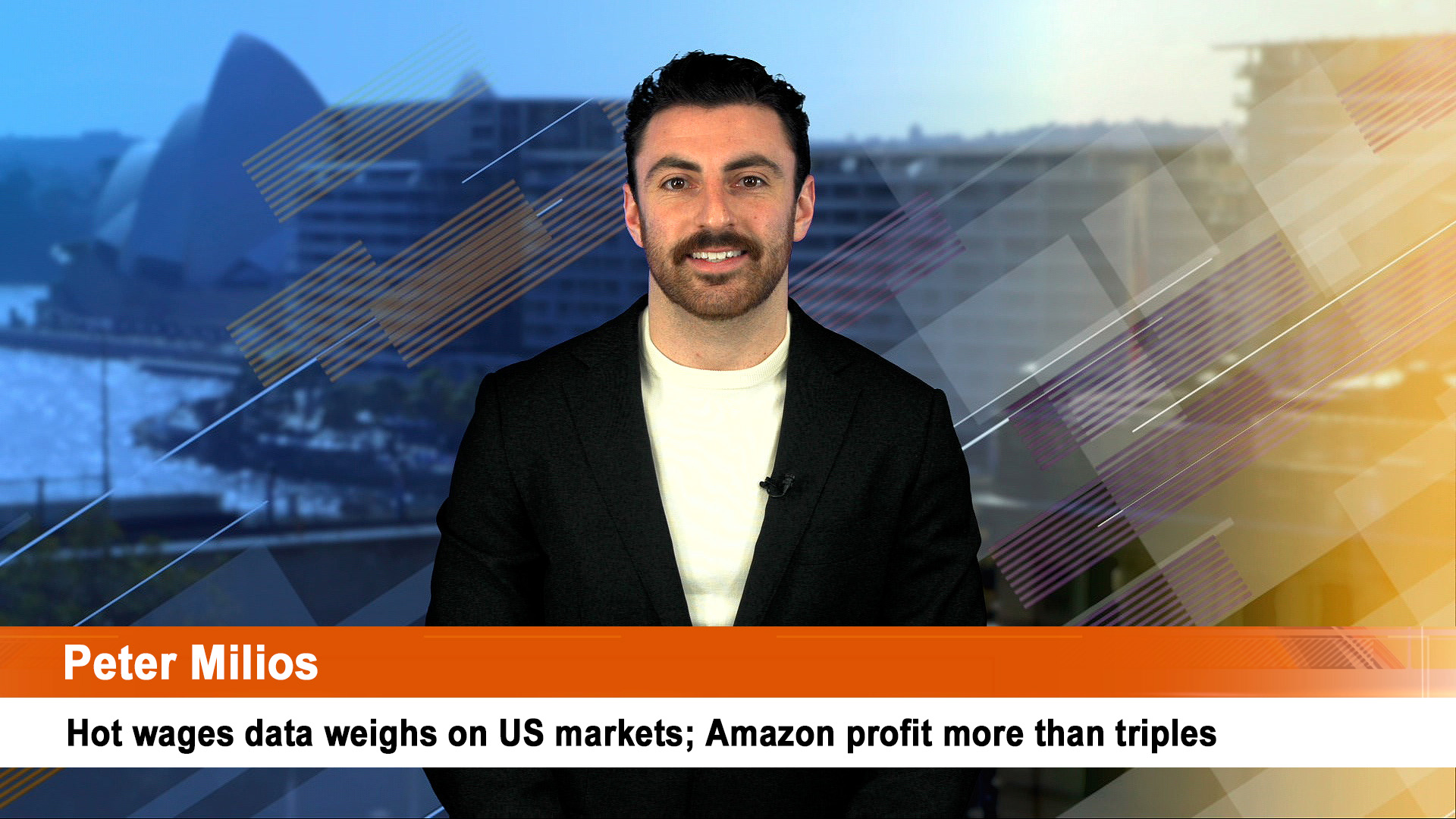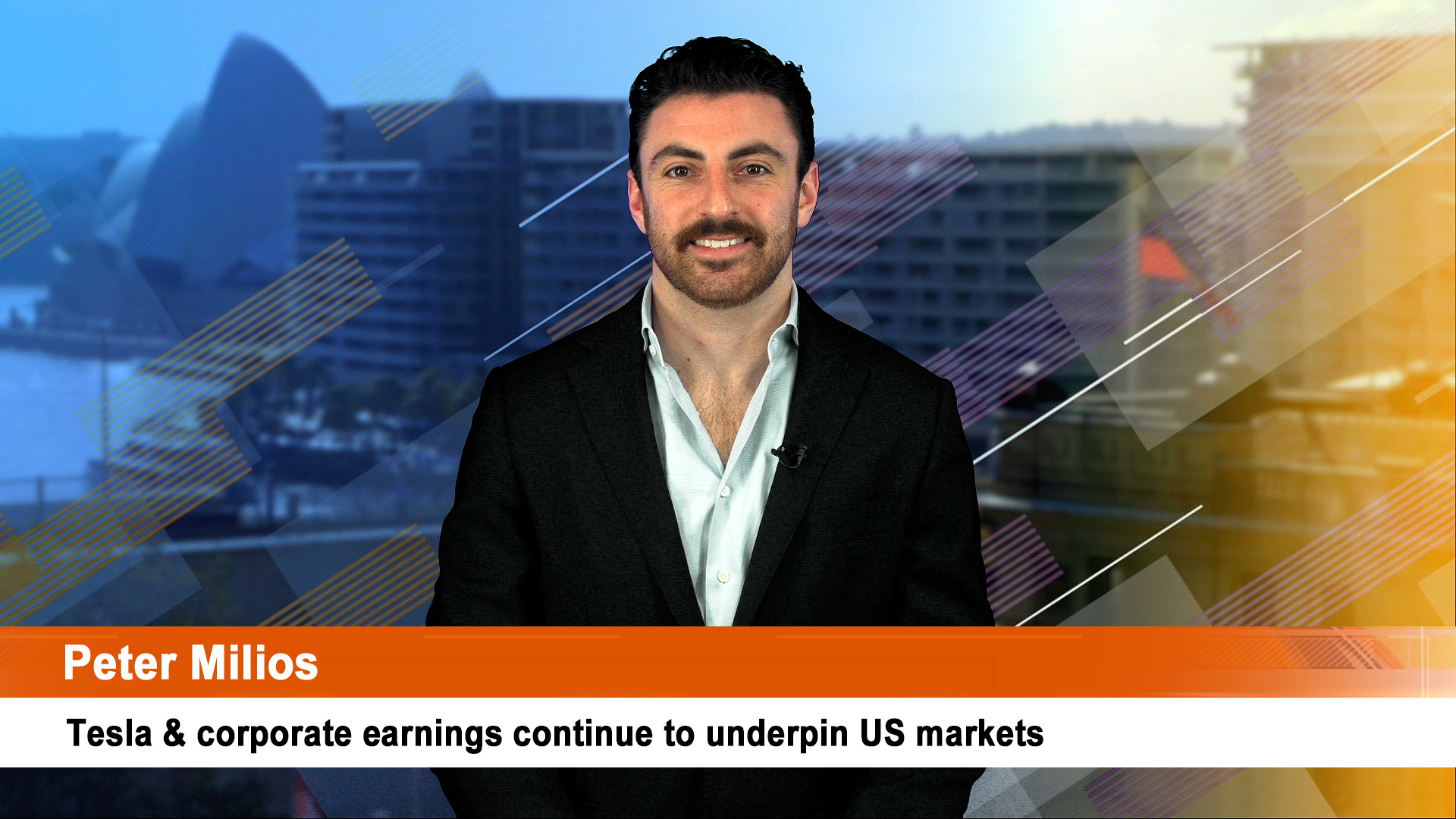While the ASX and London markets enjoyed gains for the quarter, the world’s leading market on Wall Street suffered its biggest fall since the start of the pandemic in the first three months of 2020.
But that only after a split – a nice gain for March but a big slide for the quarter.
The ASX though edged up 0.7% and the Footsie in London added 1.7%. The German market lost 9% and Tokyo, China and Hong Kong all fell over the three months.
The rocky start to 2022 wasn’t envisaged in January when all the confident predictions about the coming year were issued and even more Covid infections, rising inflation and the prospect of higher interest rates couldn’t really shake confidence.
The Fed lifted rates but surprised by ratcheting up its hawkishness on future rises to the point where the market has found that the US central bank is no longer behind the curve’ but well in front.
Now the same people who yelled for rate rises and quickly (and bigger than 0.25%0, now fear there’s a recession in the offing as a result of the tighter monetary policy and gave bonds a bth in March in particular, selling and selling.
The yield on the key 10-year US bond rose to 2.335% at the end of the quarter, but that was down sharply from just over 2.5% a week ago.
That would have been enough to produce a month and quarter of underperformance but March saw a good gain, even after the bellicose behaviour of Vlad Putin that shook confidence globally and when he ordered the invasion of Ukraine, markets were well and truly whacked.
When Putin then left hints of possible use of nuclear weapons and other extreme behaviour, markets lost confidence and turned lower, even though the fading 2021 commodity boom was re-ignited (to the benefit of the ASX).
More Covid cases and a slump in the Chinese economy, confirmed in on March 31 added to the unease about the outlook.
March 31 saw the Dow Jones Industrial Average slid 550 points, or about 1.6%. The S&P 500 dipped roughly 1.6%, and the Nasdaq Composite was down 1.5%. Losses deepened in the final hour of trading, and stocks closed at session lows.
For all March’s negatives, it was a bit of a bright spot for Wall Street, as the market saw a solid two-week rally in the back half of the month. The S&P 500 and Nasdaq rose more than 3% in March, while the Dow added 2.2%.
But those gains only softened the quarter’s weakness.
For the three months, the Dow and S&P 500 closed down 4.8% and 5.2%, respectively. The Nasdaq lost 10%.
For all three averages, this was the first negative quarter since the first quarter of 2020, while for the ASX the March quarter was the sixth up quarter in a row.
Oil prices which had been boosted by Putin’s invasion saw a sharp fall on the final day of the quarter as President Biden followed through with his plan to reduce US reserves by 1 million barrels a day for the next 180 days and OPEC+ cut its production cap by 432,000 barrels a day for May.
That saw US crude prices slide 6% to just over $US100 a barrel and stay there and Brent fell to $US105 a barrel (it did peak at $US139 a barrel in early March).
Comex gold ended the quarter settled at $US1,939 an ounce up 6% for the quarter, but just 0.18% for the month of March.













